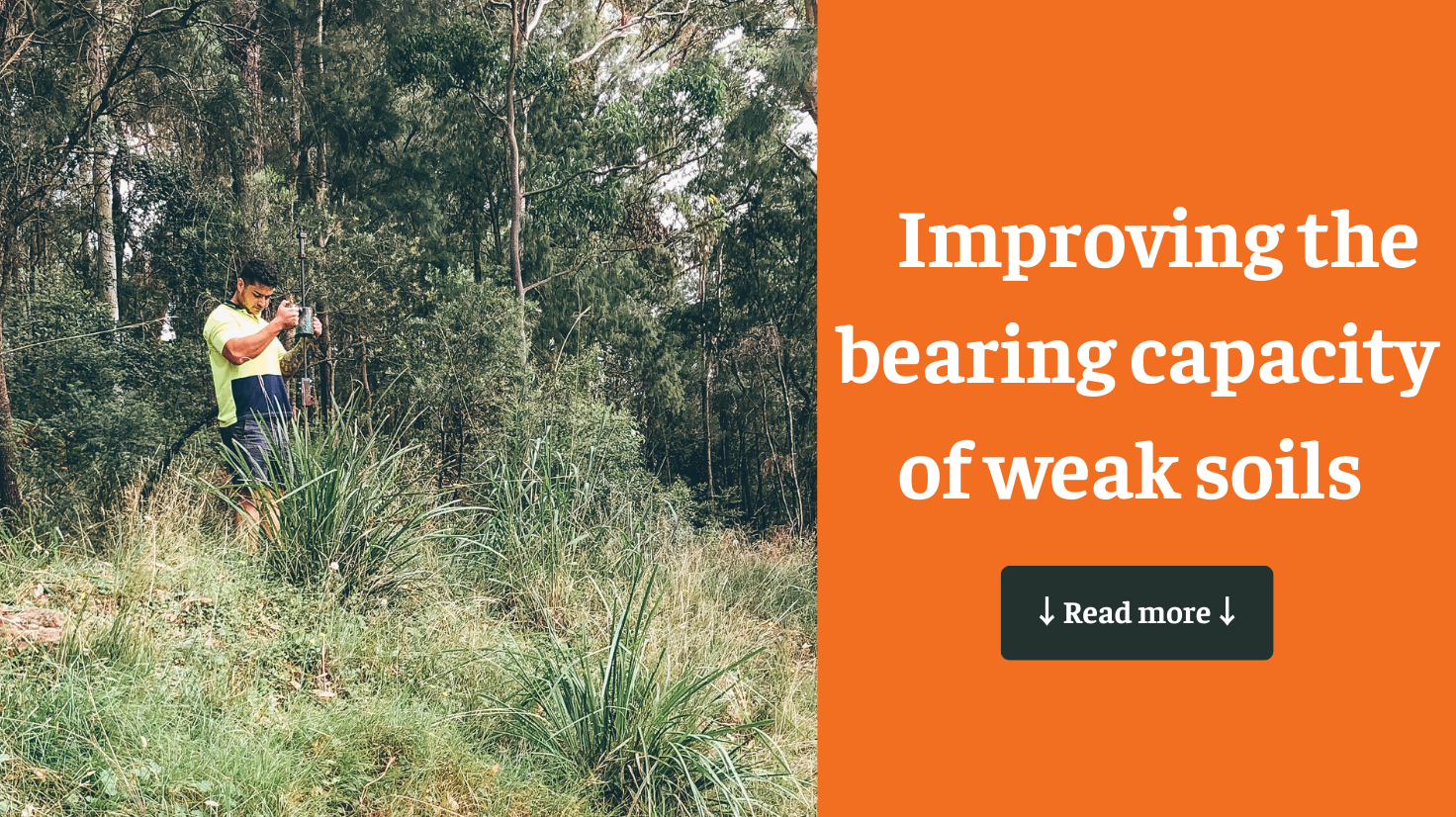1. What are Weak Soils?
Weak soils are those that, under normal conditions, do not have the strength to support typical construction loads. These soils include clay, loose sand, silt, and organic soils. Each type of weak soil presents unique challenges in construction projects.
- Clay soils tend to retain water, causing them to swell and shrink, which can destabilise foundations.
- Sandy soils, while well-drained, often shift unless properly compacted.
- Silt soils lack the density needed for foundation stability.
Without addressing these weaknesses, building on such soils can lead to foundation settlement, cracking, and even collapse.
2. Challenges in Construction with Weak Soils
Weak soils contribute to several construction challenges. The most common issue is foundation settlement. This occurs when soil compresses or shifts under a building’s weight, leading to uneven floors and cracked walls.
- Clay soils cause settlement due to shrinkage and swelling from moisture changes.
- Sandy soils may shift under load unless compacted.
Construction projects on weak soils often face structural problems if these challenges aren’t managed early on.
3. Techniques to Improve Bearing Capacity
Several techniques can be used to improve the bearing capacity of weak soils, each with its own advantages depending on the soil type and construction needs.
- Soil Compaction
Compacting the soil increases its density and load-bearing capacity. This can be done with vibratory rollers, manual compaction tools, or dynamic compaction, where heavy weights are dropped onto the soil surface. Proper compaction reduces settlement and strengthens the soil. - Soil Stabilisation with Additives
Adding materials such as lime, cement, or fly ash to weak soils can improve their strength significantly. These additives work by chemically altering the soil’s structure, making it less prone to swelling, shrinking, or shifting. For example, lime can reduce the moisture content in clay soils, binding the particles together to increase stability. - Geosynthetics
Geosynthetics, including geotextiles and geogrids, reinforce weak soils. They help distribute loads evenly and prevent soil from shifting. This method is especially useful for sandy soils prone to erosion. - Deep Foundations
For situations where the surface soil is too weak to support a structure, deep foundations may be required. These foundations transfer the load to stronger soil or rock layers deep beneath the surface. Piles or piers can be driven deep into the ground, bypassing the weaker soils and ensuring a stable foundation. - Drainage Solutions
Excess water weakens soil, especially in clay-rich areas. Proper drainage systems remove excess water, reducing the risk of soil swelling and weakening. Installing drainage pipes or sloping surfaces away from the foundation can help.
4. Conclusion
Improving the bearing capacity of weak soils presents significant challenges in construction, but they can be addressed with the right techniques. Compaction, soil stabilisation with additives, geosynthetics, deep foundations, and drainage solutions can transform weak soils into stable, supportive ground. Careful analysis of the soil type and appropriate methods ensures a successful construction project. By improving the bearing capacity of weak soils early, builders can avoid costly structural problems and ensure the safety of their developments.






